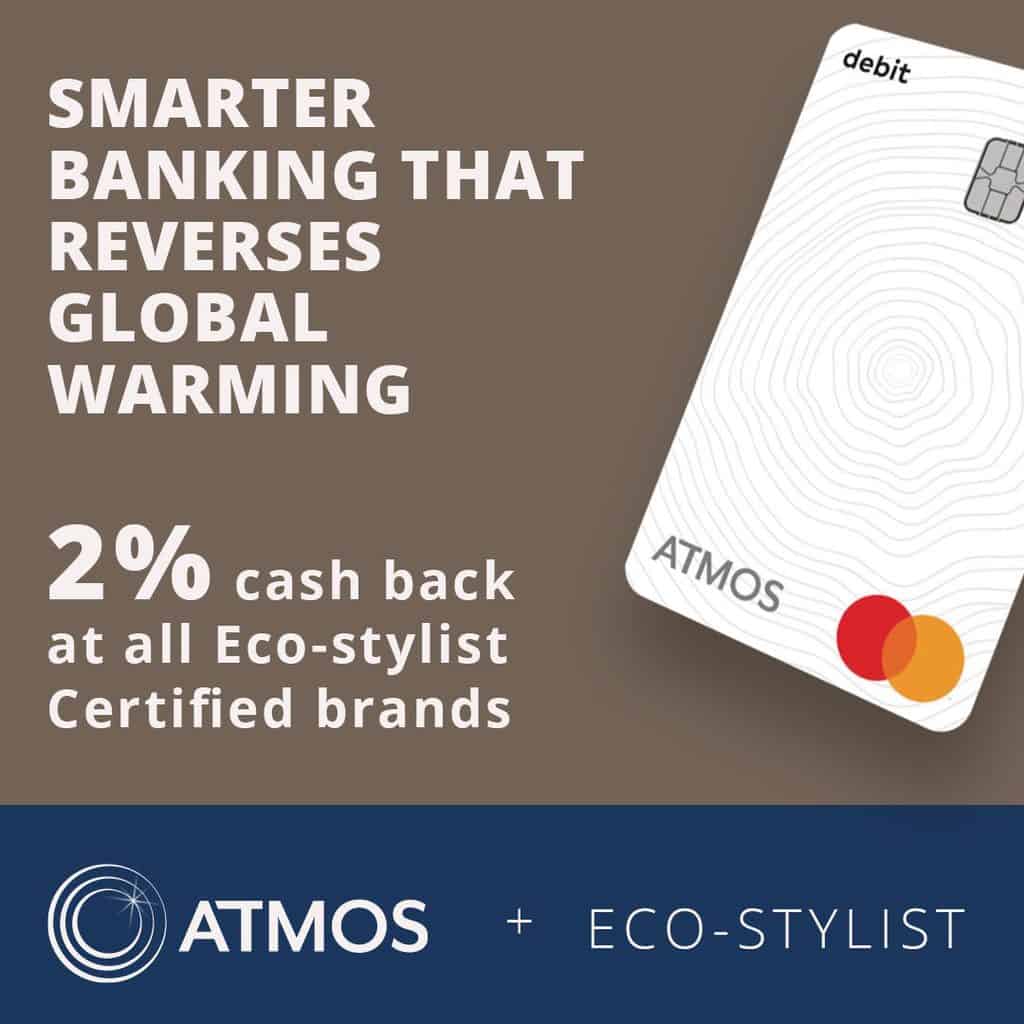
You may have heard of Greenwashing. With emerging prominence in fashion media sources and news outlets, it is important to stop and ask 2 questions:
What does this word mean and how is the fashion industry involved? More specifically, how does this affect you as an environmentally and ethically conscious shopper?
- What is greenwashing?
- 5 ways to spot greenwashing brands
- Why do fashion retailers greenwash?
- The paradox of big brands: true sustainability or greenwashing?
- 5 Fast Fashion Greenwashing Examples
- What can be done about greenwashing in the textile industry?
- 6 ways to avoid greenwashing sustainability claims
- Where to shop truly sustainable fashion?
What is greenwashing?
Greenwashing is the falsification of an organization’s environmental efforts. The term, coined by prominent environmentalist Jay Westerveld, was originally used to call out greenwashing in the hotel industry, and has since been used to identify deceptive behaviors by any organization in regards to their environmental goals, and actions.
What is greenwashing in fashion?
Greenwashing in fashion refers to the practice of falsely promoting a brand’s environmental efforts without the implementation of business practices that back up these claims.
What are the signs of greenwashing in fashion?

This practice typically entails providing customers with misleading information about the sustainability of a product through deceitful marketing and broad, unsubstantiated claims about their sourcing, supply chain, and environmental impact. Greenwashing helps companies appear more sustainable than they actually are while maximizing profits by using unethical business practices and unsustainable production methods behind the scenes. It can also take various forms such as outright deception or subtle advertising.
Lastly, greenwashing often involves ambitious claims that lack full transparency around actual impacts on the environment or workers’ rights issues.
How can you tell when a fashion brand is greenwashing?
Supporting businesses that partake in greenwashing is avoidable with a little knowledge. Researching a brand to ensure it is indeed sustainable and ethically conscious is key to avoid supporting companies participating in greenwashing.
So, how does one do this? How can one recognize the often hard to see ‘greenwashing’ with their own eyes?
5 ways to spot greenwashing brands
Referencing Eco-Stylist’s sustainability criteria, we can observe 5 ways brands can be more sustainable, and consequently 5 ways brands can greenwash. Our criteria focuses on the sustainability of a brand’s fabric, the sustainability of their manufacturing facilities, maker well-being, living wages, and ethical leadership.
Let’s explore how brands greenwash in each of these 5 areas.
1. Sustainability of a Brand’s Fabric
In the fashion industry, companies rarely work directly with the textile mills that provide fabrics and yarns. Instead, most industries with large supply chains utilize a middle agent where materials and products are sourced. A brand that is not directly involved in sourcing materials, but claims to be eco-friendly may be greenwashing.
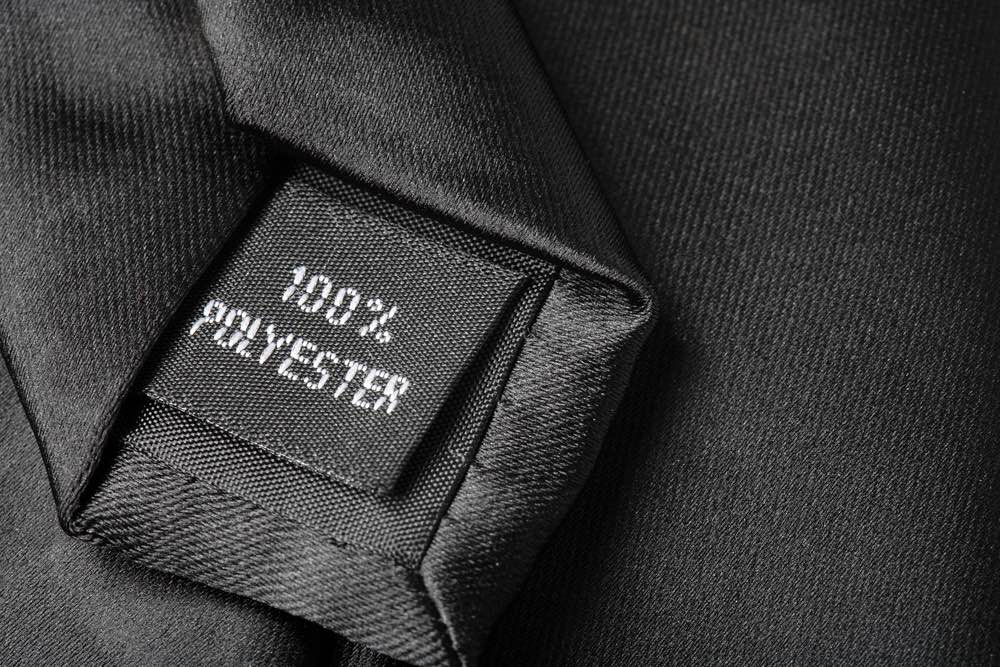
One way to avoid this is for brands to be transparent about what fabrics they use, why those fabrics are more eco-friendly, and what certifications the fabric suppliers have.
TAKEAWAY: Look for brands that use more eco-friendly fabrics like hemp, Tencel, and organic cotton, and share where those fabrics come from, as well as relevant certifications they have for the fabrics such as GOTS and GRS.
2. Sustainability of Manufacturing
Manufacturing facilities are often where greenwashing has the largest impact on the environment. Citizens and animals have been shown to be negatively affected by textile dyeing, as the release of heavy metals and toxins are often discharged into local water systems.
Ingestion and exposure to this dye and chemical ridden water has made local populations in China sick, and has been linked to increased cancer rates, skin diseases, and slow mental development in children. Ensuring that the behind the scenes of manufacturing is sustainable, such as the dyeing of textiles used to produce products, is one way consumers can avoid greenwashing from fashion brands.
TAKEAWAY: If a brand claims to manufacture sustainably, look for certifications like Oeko-Tex, GOTS, Bluesign, or a certification such as Eco-Stylist, otherwise the brand may be greenwashing.
3. Maker Well-Being
The 40 million people behind the assembly of clothes, the makers, work worldwide in the global textile supply chain, often doing harmful repetitive motion tasks with poor ventilation. Without proper ventilation of pollutants, such as synthetic air particles or cotton dust, respiratory illnesses such as lung disease and cancer can occur. Additionally, debilitating musculoskeletal hazards like carpal tunnel and arthritis can occur from overuse and repetitive motion tasks.
TAKEAWAY: To ensure brands invest in Maker Well-Being look for certifications like Fair Trade, or a certification such as Eco-Stylist’s, otherwise they may be greenwashing.
4. Living Wages
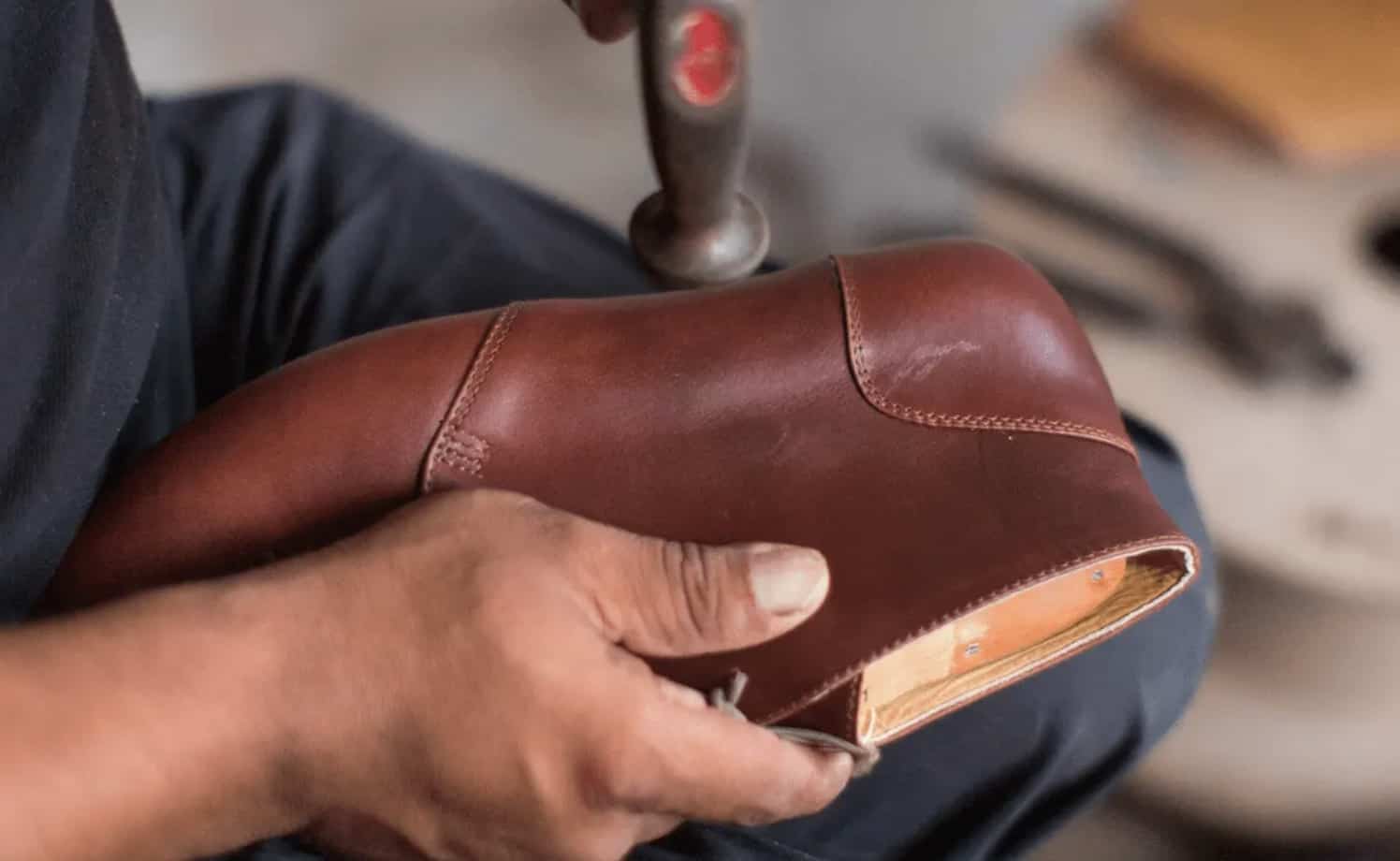
Aside from the health and well being of the makers, it is important to consider their wages as well. Less than 2% of clothing makers earn a living wage, so providing workers with a fair wage is critical to their livelihood and their ability to support their families.
Greenwashing can occur when corporations falsely report the wages of their workers, or claim to pay fair wages without supporting evidence. In fact, many brands only guarantee a minimum wage in their Code of Conduct, which is often below a living wage. Fast fashion brands accused of this have, for example, skirted around laws to pay workers in LA as low as $4.66 per hour. Read more about the living wages in this article.
TAKEAWAY: Look for evidence that a brand pays living wages either by a brand publishing their actual wages or by having certifications such as Fair Trade.
5. Ethical Leadership
Company leaders can elect to get certifications from organizations that evaluate production standards, namely, Fair Trade America and Textile Exchange. Another form of certification is a holistic seal of approval, such as Eco-Stylist.
Brands without any certifications or seals of approval could be greenwashing. As a final check, see if they have a sustainability page on their website that shares real examples of their efforts, otherwise it’s a red flag.
TAKEAWAY: Consumers can avoid the trap of greenwashing by looking for brands with certifications or in lieu of certifications a strong sustainability page, backed by transparency and real examples.
Why do fashion retailers greenwash?
The main reason brands greenwash is money. Brands understand that consumers care more about sustainability and how things are made, and greenwashing is an attempt to earn your dollars without really putting in the work to make products more sustainably.
The paradox of big brands: true sustainability or greenwashing?
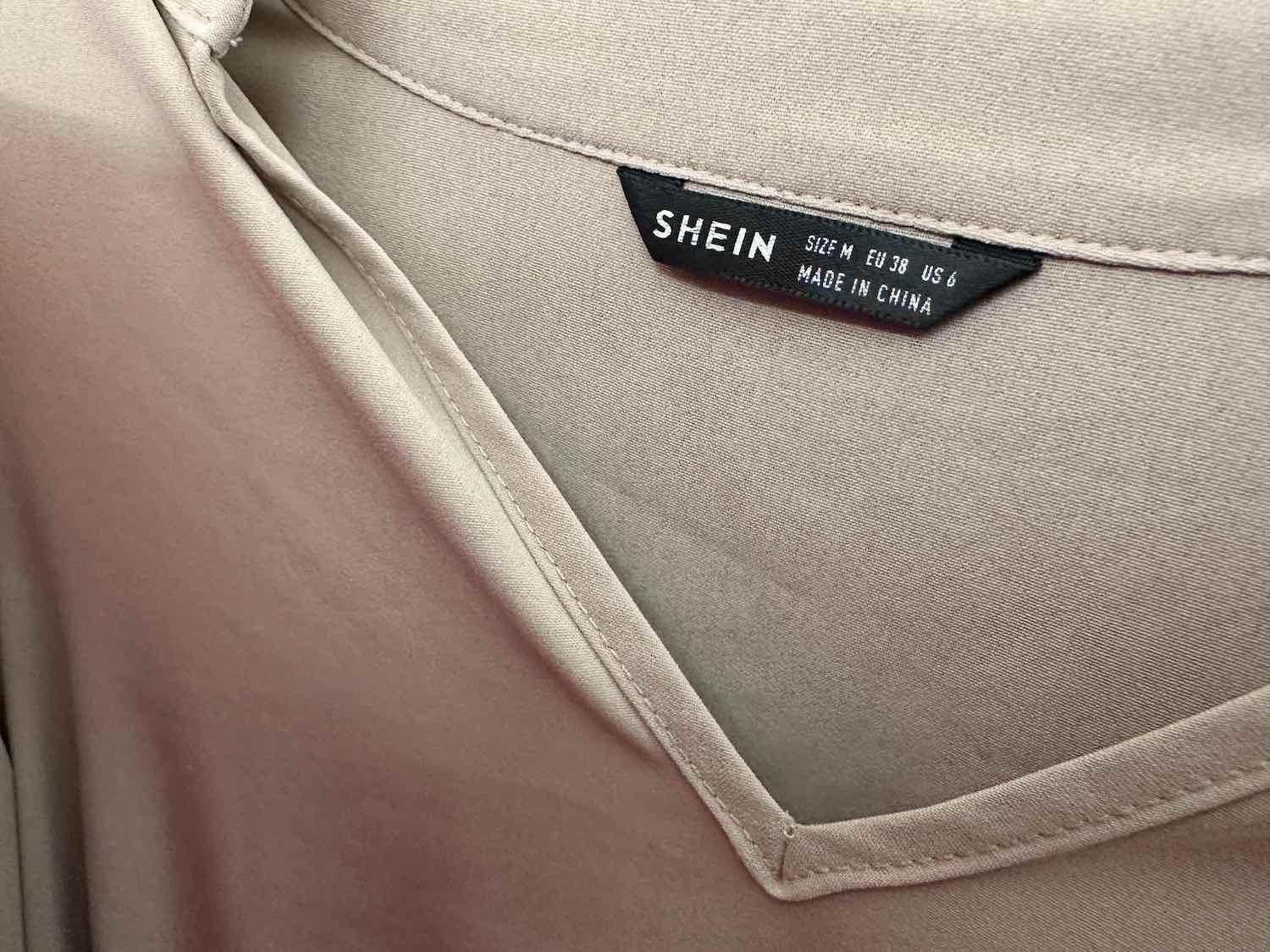
Generally speaking, big brands have the largest environmental footprint and are the least sustainable. We know this because after researching hundreds of brands, big brands generally score lower, or in the case of brands like Shein, the lowest.
This isn’t to say that all of their efforts aren’t real. Sometimes big brands do make real improvements to be more sustainable, and sometimes they do good things.
But at the end of the day, it’s like when oil companies launch small (relative to their size) clean energy programs. Those programs might be real, but those companies are still the problem, and it’s disingenuous when they claim to be the solution too.
Similarly, fast fashion brands are the biggest threat to human rights and the environment in the fashion industry. It’s far more impactful to boycott fast fashion and instead support more ethical and sustainable brands.
5 Fast Fashion Greenwashing Examples
1. H&M sued for greenwashing
Fast fashion giant H&M has been sued multiple times for greenwashing, usually for misleading people into believing its Conscious Choice products are sustainable. In addition to this, one report found 96% of H&M’s sustainability claims false or misleading.
In fact, in 2020 we called out H&M for greenwashing it’s Billie Eilish collection, which you can read more about here.
2. Romwe claimed to pay living wages
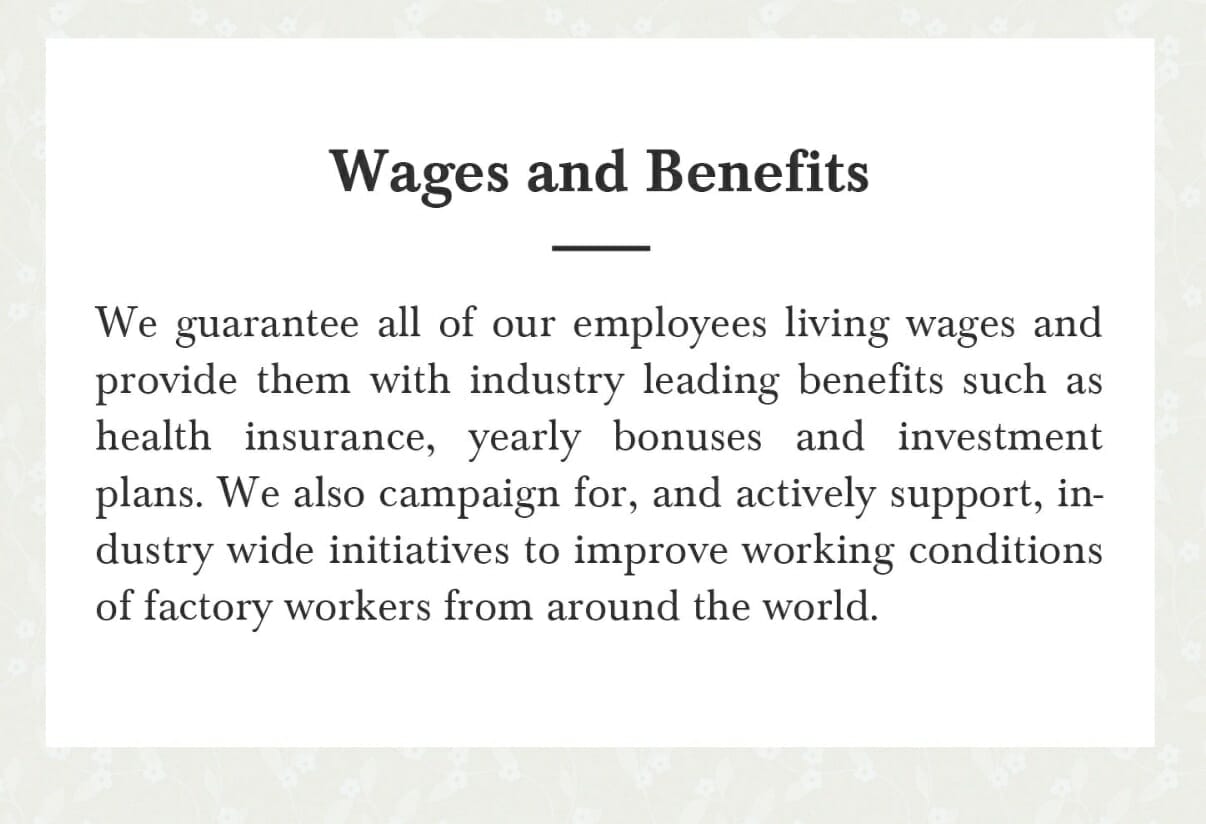
On Romwe’s website they claim “we guarantee all of our employees living wages,” which is peak greenwashing. This statement is misleading because when they say “employees” they don’t mean clothing makers, who technically are not their employees, but who are the most exploited in fashion.
Romwe also provides no evidence to support such a bold claim.
3. Zara’s Join Life Collection
Join Life is supposed to be Zara’s sustainable line, but it was found that even this collection is not that sustainable. And that’s not even the worst part.
Zara started Join Life in 2016, and while six years later they could have made it their entire collection, they choose not to. Join Life is a small token to symbolize Zara’s commitment to sustainability, making it obvious that they don’t actually care.
4. Shein’s evoluShein Line
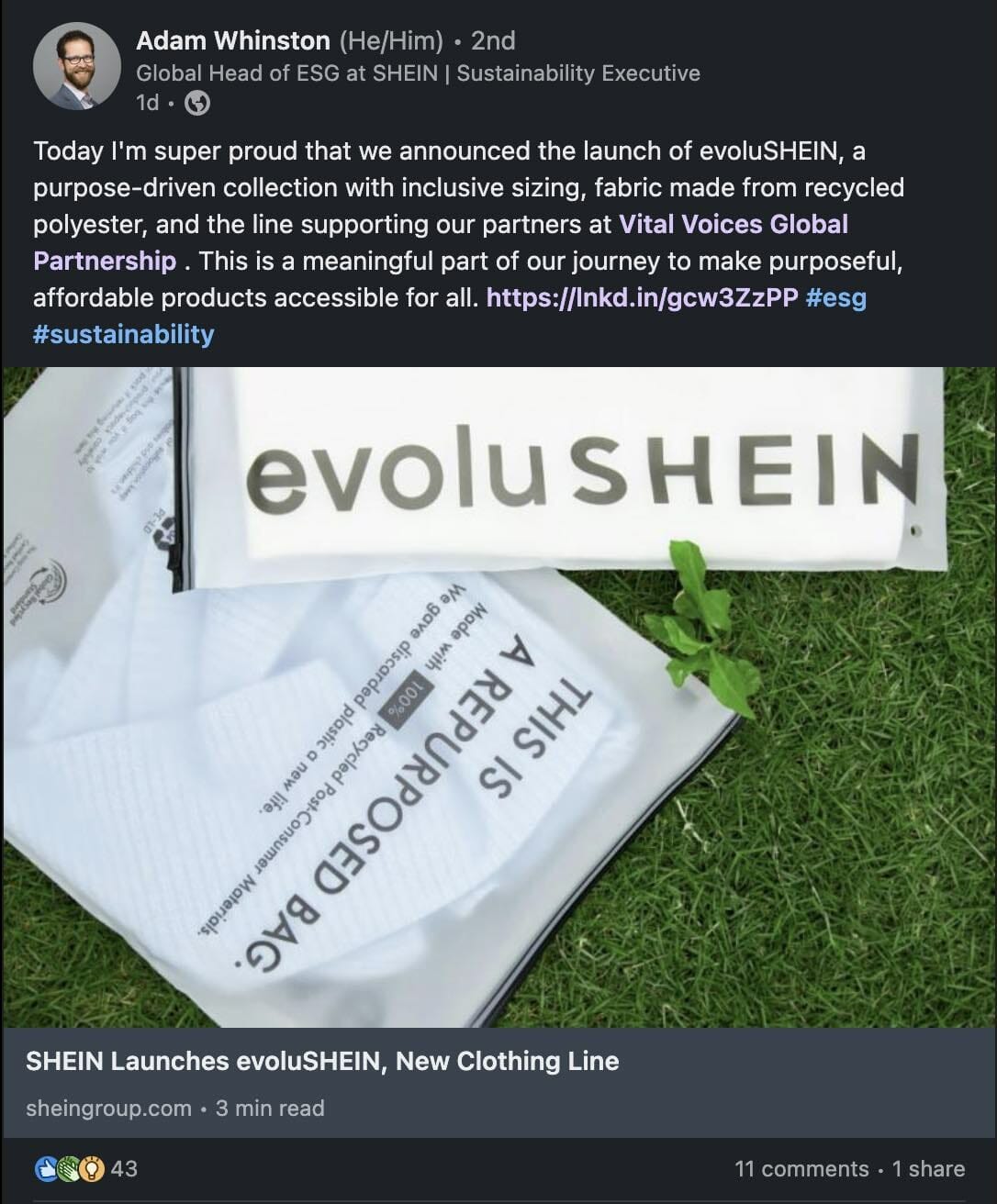
In 2022 Shein launched their fast fashion eco collection “evoluShein.” Adam Whinston, then head of ESG at Shein, claimed the collection was “a meaningful part of our journey to make purposeful, affordable products accessible for all.”
What did we say about brands that are literally the problem, also claiming to be the solution? As an ultra fast fashion brand with 6,000 new styles a day, Shein is one of the most, if the not the most unsustainable brand on the planet.
5. Boohoo Names Kourtney Kardashian its Sustainability Ambassador
This one is pretty self explanatory. Another unsustainable ultra fashion brand, Boohoo, partners with a celebrity to improve its sustainability image, instead of actually doing the work to be a better brand.
For all the details on this greenwashing stunt check out SFF’s article.
What can be done about greenwashing in the textile industry?
Where we choose to purchase our clothing matters. Whether or not you realize, greenwashing is occurring in the fashion industry and you might be buying from brands who participate in it.
As a consumer, you can use our 5 tips above to spot and identify greenwashing. For the cliff notes version, here’s 6 quick tips to help you avoid greenwashing and truly shop sustainably!
6 ways to avoid greenwashing sustainability claims
1. Use a fashion brand sustainability watchdog
Use a trusted resource like Eco-Stylist to find sustainable brands you can feel good supporting, and to learn more about brands to avoid.
2. Find out where the clothes are made
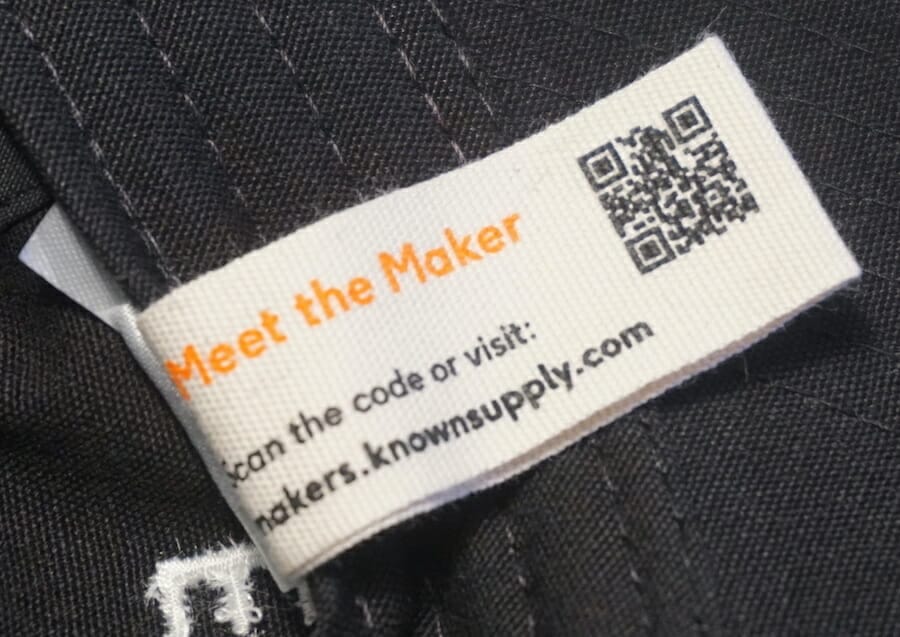
Transparency is an important part of sustainability. Check if brands share where the clothes are made, which ideally includes the factory, the wages, and even better, who made it. Check out Adelante and KNOWN SUPPLY for examples of brands with excellent transparency.
3. Look for the use of environmentally-friendly materials
Using more sustainable fabrics is an important way to reduce a brand’s environmental impact and most brands share their fabrics on the product pages. Check our guide to the most and least sustainable fabrics.
4. Scan the company website for a sustainability page
Brands committed to sustainability always have a sustainability page. Sometimes you’ll find it on the about page or the transparency page. Check out Colorful Standard for a good example.
5. Check for third-party certifications

Check for third party certifications like Fair Trade, SA8000, GOTS, and B Corp. See our guide to certifications to learn more.
6. Ask questions and contact the company
When in doubt, reach out!
Where to shop truly sustainable fashion?
If you’re looking for sustainable brands that don’t greenwash, check out our Brand Guide of 90+ certified brands.
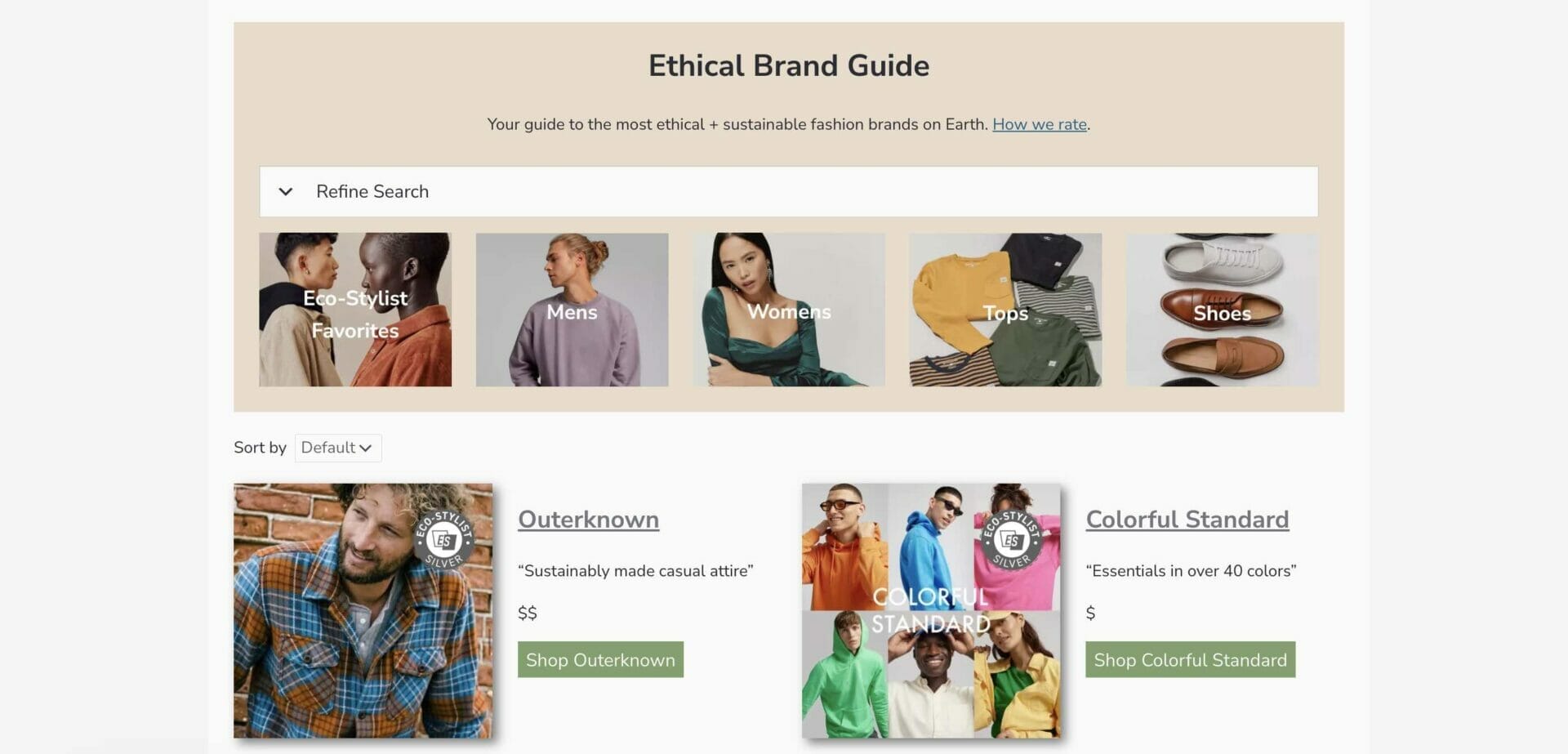
More Questions About Greenwashing?
Check out our other guides:
For anything else, let us know in the comments.
If you liked this article please share—it really helps us out!
Sources:
- Becker-Olsen K., Potucek S. (2013) Greenwashing. In: Idowu S.O., Capaldi N., Zu L., Gupta A.D. (eds) Encyclopedia of Corporate Social Responsibility. Springer, Berlin, Heidelberg. https://doi.org/10.1007/978-3-642-28036-8_104
- Szabo, S., Webster, J. Perceived Greenwashing: The Effects of Green Marketing on Environmental and Product Perceptions. J Bus Ethics (2020). https://doi.org/10.1007/s10551-020-04461-0
- Bick, R., Halsey, E., & Ekenga, C. C. (2018). The global environmental injustice of fast fashion. Environmental health : a global access science source, 17(1), 92. https://doi.org/10.1186/s12940-018-0433-7

Emma is a writer at Eco-Stylist. She studies journalism and mass communications at the University of Iowa. Emma’s love for sustainable fashion was sparked by thrifting with her mom throughout her childhood.





